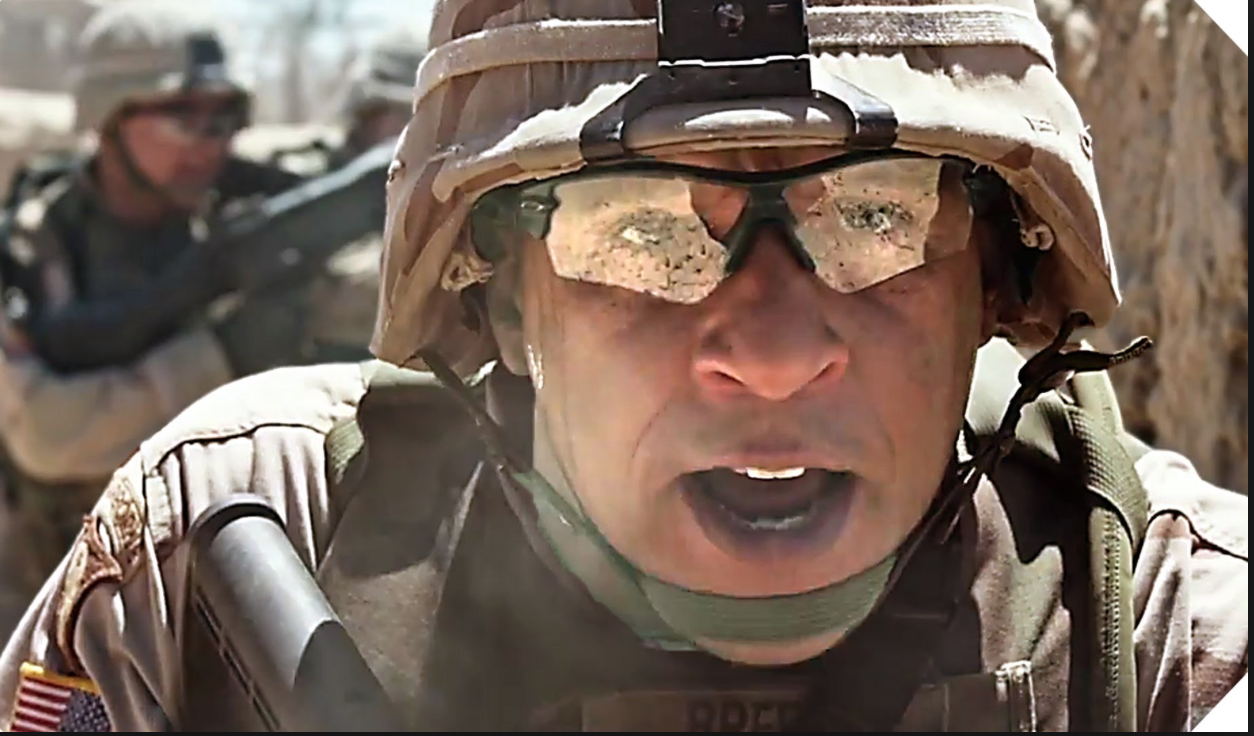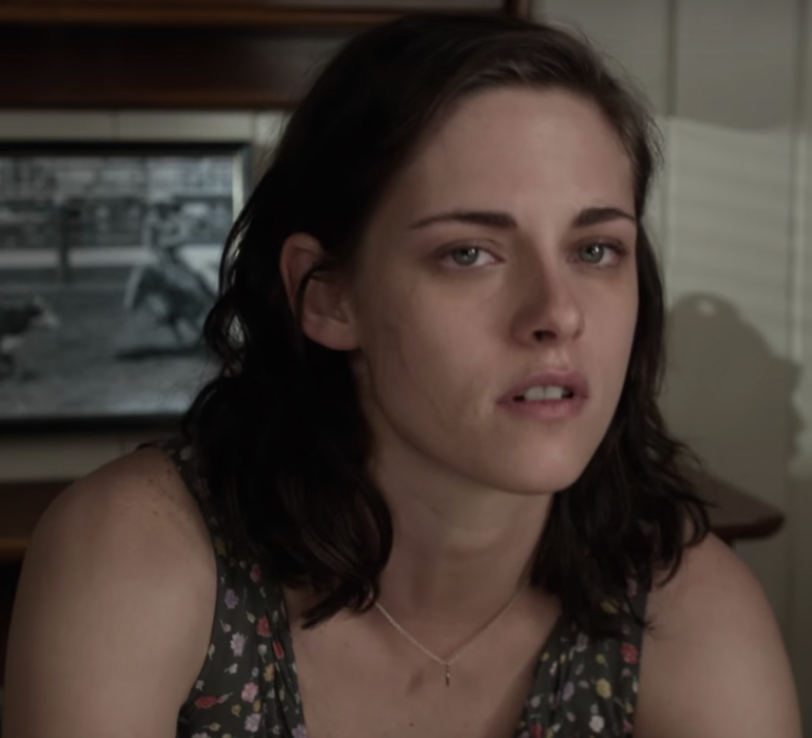 The reviews are in. Next to “Hulk,” “Billy’s Long Halftime Walk” may be Oscar-winning director Ang Lee’s worst-received film. Scoring a fifty-percent “fresh” rate on Rotten Tomatoes (not that such review aggregators matter, of course), the adaptation of Ben Fountain’s 2012 National Book Award-nominated novel has left such critics as RogerEbert.com’s Godfrey Cheshire cold. “Too obvious to be effective,” he has sneered, and others seem to agree. I am not one of them, but I also am in the minority of reviewers who have seen this account of an American soldier’s brief return from Iraq in the format that Lee had intended. Using a new film technology, he has captured an essence of the book that otherwise might never have translated to screen.
The reviews are in. Next to “Hulk,” “Billy’s Long Halftime Walk” may be Oscar-winning director Ang Lee’s worst-received film. Scoring a fifty-percent “fresh” rate on Rotten Tomatoes (not that such review aggregators matter, of course), the adaptation of Ben Fountain’s 2012 National Book Award-nominated novel has left such critics as RogerEbert.com’s Godfrey Cheshire cold. “Too obvious to be effective,” he has sneered, and others seem to agree. I am not one of them, but I also am in the minority of reviewers who have seen this account of an American soldier’s brief return from Iraq in the format that Lee had intended. Using a new film technology, he has captured an essence of the book that otherwise might never have translated to screen.
As a director, Lee has been as celebrated for his wide-ranging curiosity as for his empathic attention to detail. He has trained his lens as masterfully on women in eighteenth-century England (the Jane Austen adaptation “Sense and Sensibility”) as on modern Chinese families in America (“The Wedding Banquet”) and on mid-twentieth-century closeted cowboys (“Brokeback Mountain,” the adaptation of Annie Proulx’s fantastic short story). In “Life of Pi,” 2013’s adaptation of Yann Martel’s novel about a teen philosopher stranded at sea, he marshaled new 3-D technology to convey the claustrophobic terror of his protagonist’s predicament. Now this curiosity and attention to detail has inspired Lee to shoot “Billy Lee’s Long Halftime Walk” in the unprecedented HFR/4K/3-D format. What does this mean? Essentially, that this production stored forty times more visual data than a standard film: five times as many frames per second, four times as many pixels in each frame, and then doubled everything for 3-D. “3-D” is the operative term, for much of the film looks like a 3-D printout, in which we see everything so clearly that it makes high-definition television look like a Xerox of a Xerox, and normal makeup like Tammy Faye’s. Such an effect is more overwhelming than inherently positive. But in the case of “Billy Lynn,” it helps capture the surreal packaging of the war for domestic – and domesticated – Americans, as well as the homeland hypomania that U.S. soldiers perceive once they’ve been on enemy soil.
In structure and tone, “Billy Lynn” is faithful to its antecedent. Set on a single day in 2004, Bravo, a platoon of Iraq War soldiers, has been flown back to the U.S. for a two-week tour culminating in an appearance in the Dallas Cowboys’ Thanksgiving halftime show, where they will be exploited and celebrated in equal measure. Billy (Joe Alwyn) is the squad’s resident media star – he was captured on cellphone video coming to the aid of Shroom (Vin Diesel), his wounded sergeant, and engaging in hand-to-hand combat with Iraqis – but he’s a reluctant hero. Like all the other Bravo boys (and these soldiers are so young that they really are boys), he’s suffering from PTSD, and had barely left his small Texan hometown before enlisting as an alternative to prison. (He’d destroyed a car in an ill-fated bid to protect his sister’s honor.) Billy is a virgin – and not just figuratively. He’s the type of romantic who can’t imagine having sex with someone who’s not a girlfriend, so he’s hoping to find one during his reprieve from the frontlines. But as the boys drink, cruise in hummer limos, and dicker with a Hollywood agent (sad-eyed Chris Tucker), he’s reliving in quick flashbacks the death of Shroom, the terror of the Iraqi citizens, conversations with his ailing sister Katherine (Kristen Stewart, kicking ass again), and Cowboys cheerleader Faison (Makenzie Leigh), who feels his pain, all euphemisms applicable.
One of the intriguing aspects of Fountain’s novel is its relentless commitment to Billy’s perspective. Though doggedly third person (the narration captures Billy’s reality, not his diction), it captures in hypnogogic detail the contradictions that bombard this sensitive young soldier – the empty calories of conspicuous consumption, the babyish posturing masquerading as “real man” behavior, the cotton-headed celebration of combat as a game rather than genuine article. Lee’s use of HFR crystallizes this assault with a perfect physical presence.  We are as bombarded as Billy is – by the food glistening grotesquely in banquets, the sunlight reflecting claustrophobically on the Iraqi dunes, the sickening sheen of the too-white smiles and polyester Cowboys gear. It is possible that newcomer Alwyn would not seem as compelling in a normal screen format, but here his enormous blue eyes and preternatural stillness – his endless, responsive empathy – silently conveys volumes of the inner monologue Fountain attributes to him.
We are as bombarded as Billy is – by the food glistening grotesquely in banquets, the sunlight reflecting claustrophobically on the Iraqi dunes, the sickening sheen of the too-white smiles and polyester Cowboys gear. It is possible that newcomer Alwyn would not seem as compelling in a normal screen format, but here his enormous blue eyes and preternatural stillness – his endless, responsive empathy – silently conveys volumes of the inner monologue Fountain attributes to him.
In using this new technology, Lee has created a sort of “Singin’ in the Rain” backstage meta-movie – one that uses HDR’s clarity to reveal the shrill showbiz of war: the commodification of the military for citizens who prefer virtual reality to true grit; the too-real reality that American soldiers can never go home again. I hope that enough viewers see this film in its intended format (not all theaters are showing it this way) to gain from its revelations.
This was originally published on Signature.
